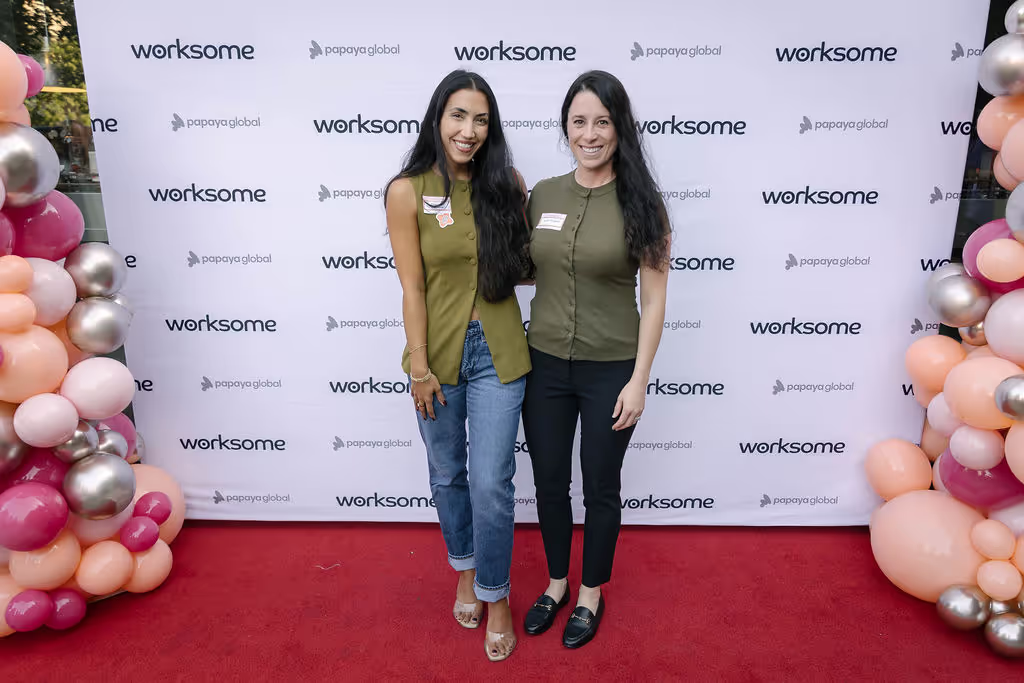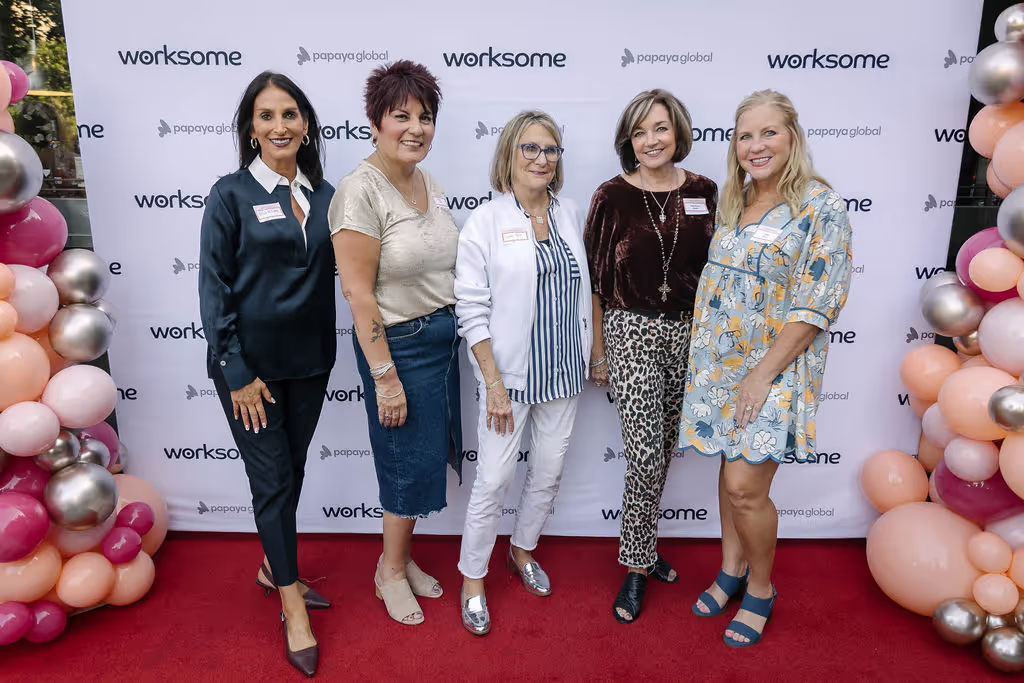The most important part of CWS wasn’t the sessions. It was the conversations.
In the quiet moments at the booth, between panels, and across coffee tables, you could hear what’s really shifting. And the message was consistent: independent contractors are no longer an afterthought. They're becoming central to how companies compete.
From the keynote stage to side meetings with Clients, MSPs, CW Program leaders, and Talent Execs, one thing was clear: the era of ignoring independent work is over.
And the numbers back it up. In the US alone, companies spend $676 billion a year on independent contractors [The America’s Contingent Workforce 2024, SIA]. That’s too large a slice of the workforce to manage off the side of a desk.
Here’s what stood out:
A New Generation of Program Leaders Is Emerging
One of the most exciting shifts this year was the people themselves. Unlike past CWS events, this wasn’t just the usual group of seasoned contingent workforce leaders. We saw a wave of new program managers stepping into these roles with fresh energy and new expectations.
These leaders weren’t only interested in what had worked before. They came with curiosity about what’s next.
They asked sharp questions about speed. They wanted to know how their peers were engaging resources faster. And they showed a clear awareness that independent contractors are not just another line item, they’re a different type of worker who expects to be engaged accordingly.
That mindset matters. It signals a change from maintenance mode to growth mode.
The next generation of program leaders sees ICs not just as a cost to manage, but as talent to activate.
MSPs Are Under Pressure to Evolve
Traditional contingent workforce programs are built for staff augmentation, cost control, and risk reduction. But today’s clients want more. They want to bring freelancers and independent contractors into the fold with speed, visibility, and control. Clients are asking MSPs to help them integrate independent talent rather than manage it off the books.
It also comes with a new set of expectations. Companies need to move faster. They’re expected to move swiftly to fill skill gaps, and independent talent makes that possible. And ICs expect a smoother path to engagement without red tape, delays, or outdated systems.
From IT to Life Sciences organizations, clients are challenging their MSP partners to bring more innovation and comprehensive offerings to ensure they are able to engage Independent Contractors quickly and compliantly. They recognize this growing talent population and are putting their MSP in charge of bringing them into their programs.
One MSP leader told me they’re facing direct pressure from a fast-moving pharma client. The client sees the strategic value in engaging independents but needs their MSP to make it work inside their program.
MSPs can unlock new value by incorporating independent contractors into client talent strategies. By enriching and managing IC pools, MSPs not only enable faster redeployment of proven talent and quicker ramp-up to productivity, but also strengthen business continuity while mitigating compliance and classification risks.
Instead of simply tracking headcount and spend, the most forward-looking MSPs are helping their clients better manage known talent, re-engage top contractors, and ensure they never start from scratch. That is a real competitive advantage.
Speed Is the New KPI
A few years ago, the focus was on cost savings. Now it’s speed.
Speed to hire. Speed to productivity. Speed to revenue. The companies getting ahead aren’t the ones that hire the cheapest. They’re the ones that move the fastest.
That’s why we’re seeing a renewed focus on redeploying known contractors. It’s faster to bring back a proven freelancer than it is to go through a full sourcing cycle.
At Worksome, we call it "time to productivity" instead of just "time to fill." It’s a better signal of value and a clear advantage when you already have trusted talent on call.
Organizations are looking for a more consolidated process that ensures speed to productivity by leveraging the workforce they are confident in, while also covering the foundational elements of compliance.
Managing Compliance Without Fear
Nearly every conversation at CWS started with the same friction point: compliance.
Everyone agrees it's critical. But most organizations still don't have a clear process for managing it. That lack of clarity breeds fear, and that fear stalls progress.
More conversations were percolating around: “Is compliance really covered? Am I protecting my company appropriately?” These questions are becoming central, not side concerns.
Here's the change we’re seeing from leaders who are getting it right. They treat compliance as an enabler, not a blocker. Instead of saying “no,” they’ve built processes (or partnered with Worksome!) to say “yes, and here’s how.”
When compliance is baked into the process from classification to onboarding to payment, everyone moves faster. Hiring managers aren't guessing. Legal isn’t chasing. And the business isn’t stuck waiting.
Independent work has hit a turning point
The companies that treat it like a side channel will struggle. The ones that build it into the core of their workforce strategy will lead. That means clear systems, fast onboarding, trusted talent pools, and built-in compliance.
We saw it loud and clear at CWS. The future of work is independent, and it’s already here.

.jpg)

































